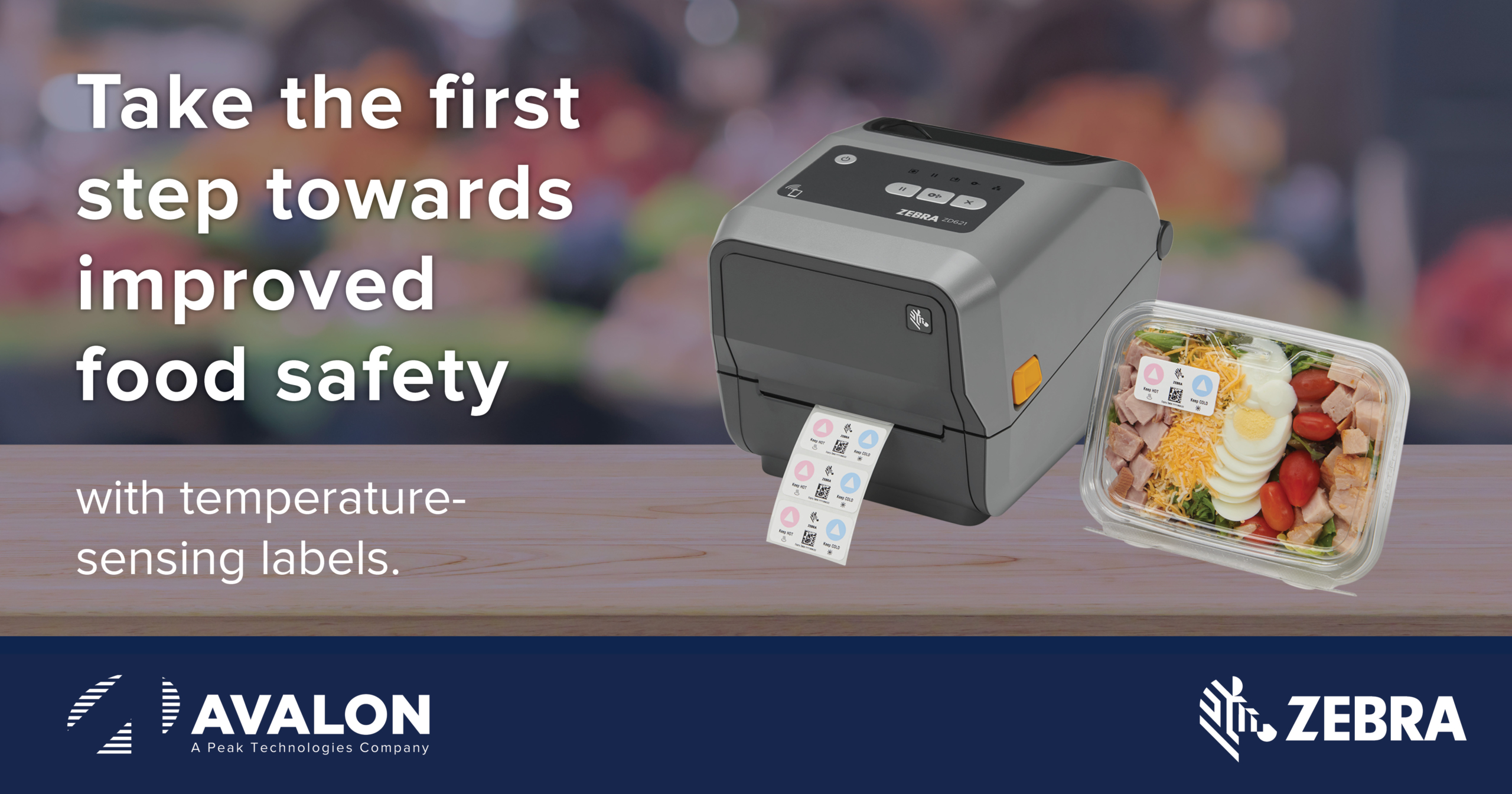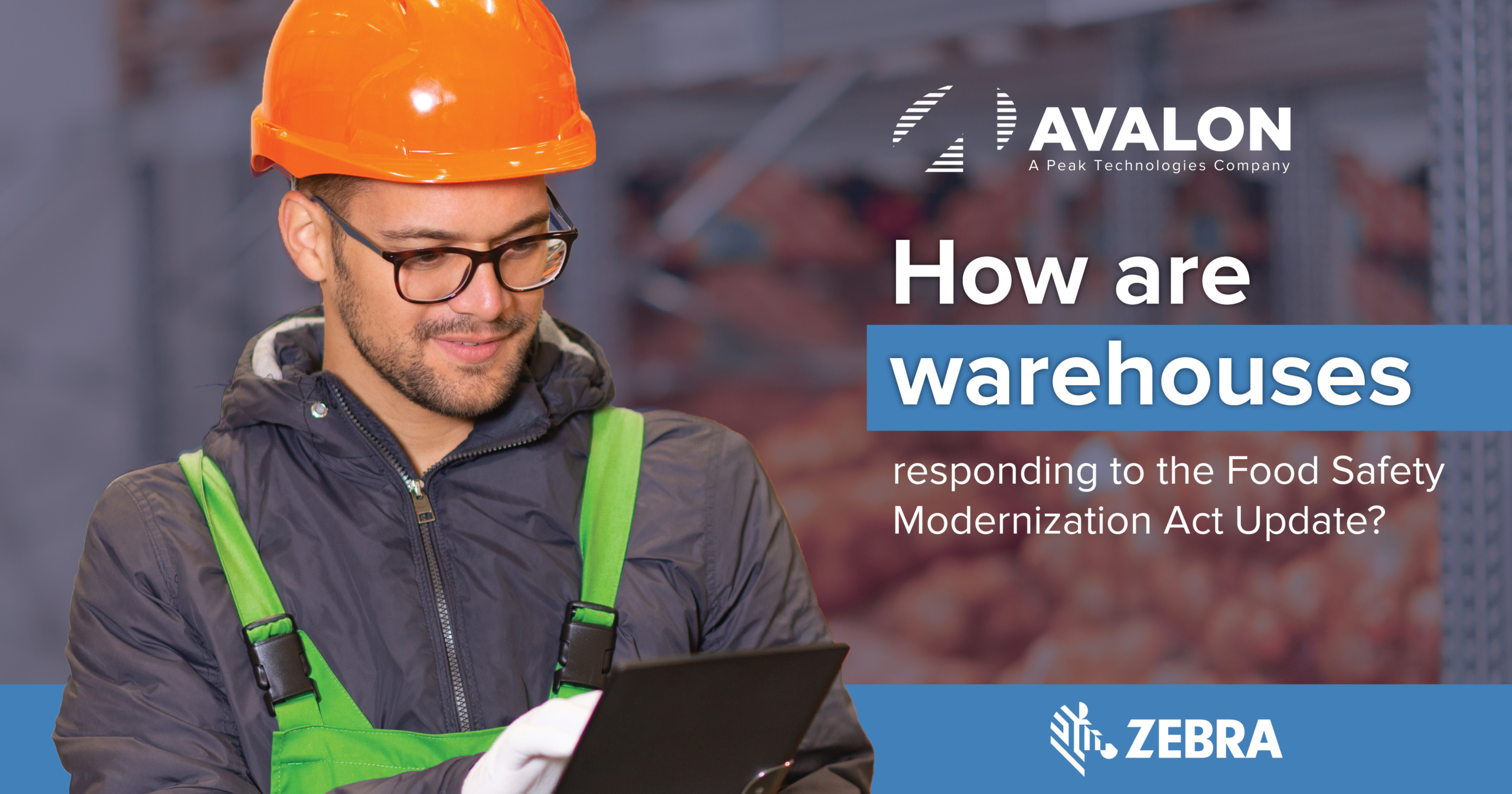Research from Zebra’s most recent Food Safety Study suggests that only 2 in 10 consumers actually trust food manufacturers and distributors to ensure complete food safety within their operations. Inaccurate track-and-trace systems have played an integral part in major recalls, foodborne illnesses, and crippled brand identities over the years, contributing to the requirements for dependable visibility solutions. Future-forward systems leveraging RFID and wireless data have risen in popularity, spearheading many modernized track-and-trace solutions; however, for growing businesses seeking to place a strategic focus on food safety, these large-scale changes may be more difficult to achieve due to the time and costs involved to implement.
While modernized track-and-trace systems benefit businesses of all sizes, there are simpler, supporting solutions to help improve visibility without deploying a completely new system. Developed to react to shifting temperatures, Zebra’s temperature-indicator labels provide at-a-glance insights, so distributors and manufacturers can track temperature exposure and ensure product quality.
How They Work
Engineered with temperature-sensitive technology, Zebra’s intelligent indicator labels react to the environment and change colors depending on heat or cold exposure. Plus, TransTracker indicators contain strong adhesives to remain applied during cold chain transport, ensuring product integrity once it leaves the facility.
Temperature indicator labels are not limited solely to distribution operations. Manufacturers and retailers have also leveraged freshness indicators on perishable items, which can be easily interpreted by shoppers directly at the storefront. Businesses have reported up to 30% more sales when using freshness indicators, which can influence purchase decisions on the spot. Compared to larger systems, freshness indicator labels are relatively inexpensive and easy to use since they are read by both businesses and consumers alike.
Is Temperature Sensing Enough?
At-a-glance temperature checks empower teams to spot potential spoilage and prevent illnesses, and when it comes to creating a proactive plan, they serve as a great start. However, a more robust plan may be needed if your facility still experiences…
- Idle shipments waiting to be refrigerated at the loading dock
- Wrong shipments sent to your customers
- Time-consuming audits
- Complex and/or inaccurate product locationing
- Recalls that force a complete productivity halt
Because these issues compromise product integrity, they may require a more sophisticated track-and-trace solution that can view and report on all product movement in real-time.
Whether you’re just starting with food traceability or your current product tracking system needs modernization, set up a preliminary evaluation with one of our cold chain specialists. Learn how you can build or update a food safety solution that grows with your operations without overextending your budget.



